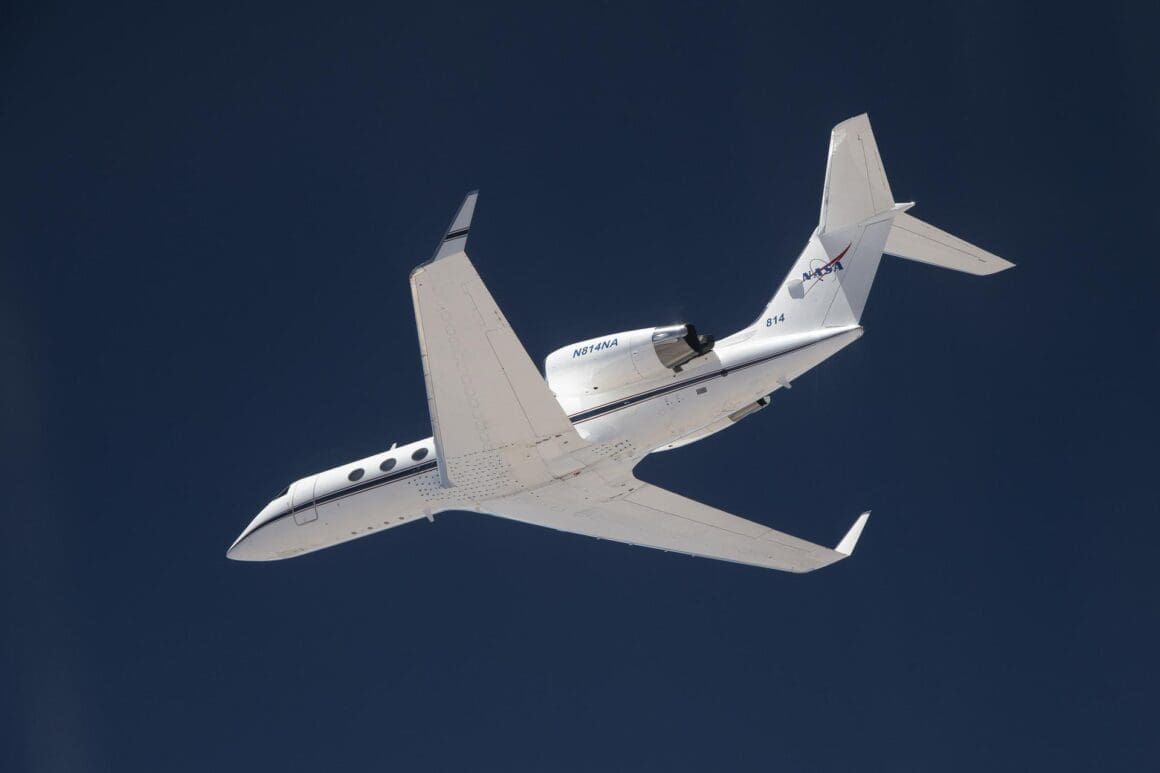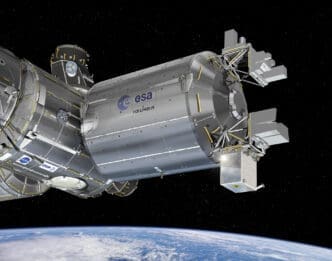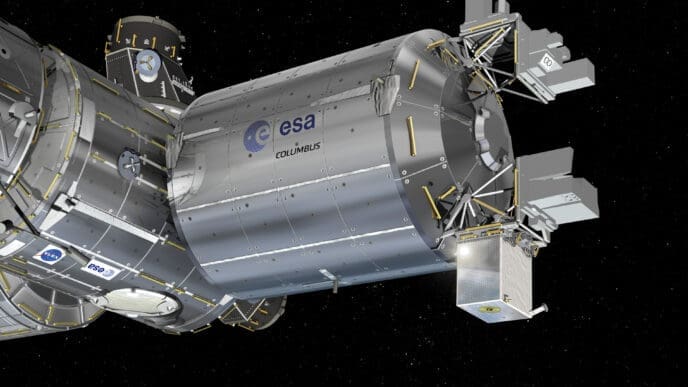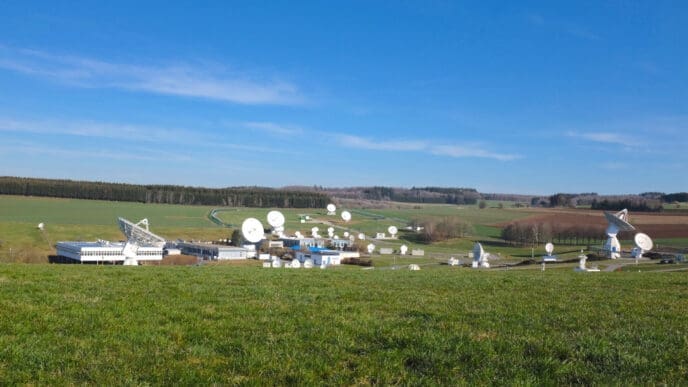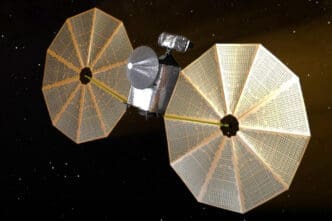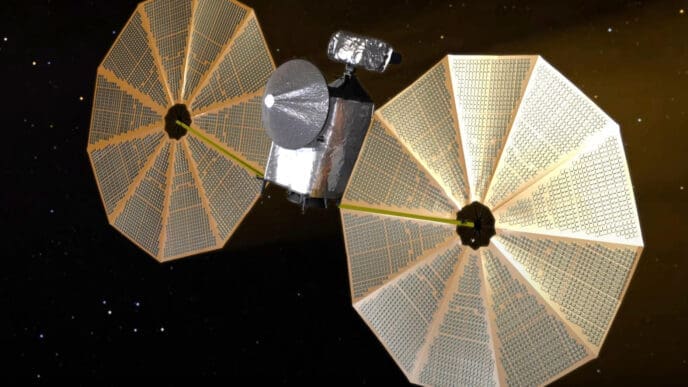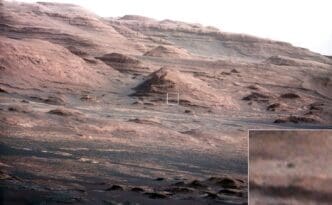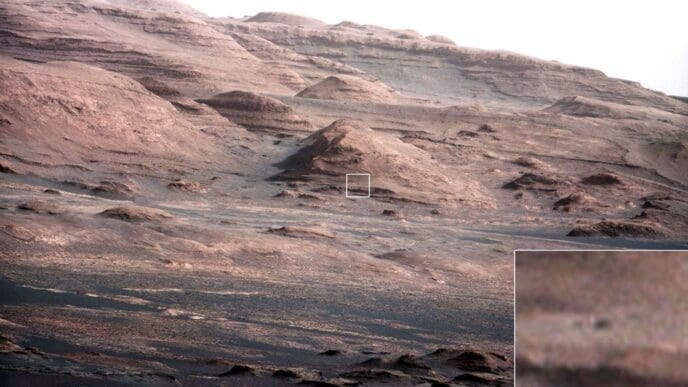In the vast sky above Edwards, California, a sleek aircraft carves a precise path. This isn’t just any flight. It’s the maiden voyage of a groundbreaking navigational system. Developed by NASA, this technology promises to enhance our understanding of Earth from above.
On a crisp December day, the G-IV aircraft soared from NASA’s Armstrong Flight Research Center. On board was the Soxnav system. For over 30 years, researchers have refined this tool. Today, it’s poised to revolutionize how aircraft navigate, even at blistering speeds.
The Journey of Soxnav
The Soxnav navigational system has been decades in the making. Collaborations between NASA, the Jet Propulsion Laboratory, and the Bay Area Environmental Research Institute have culminated in this innovative technology. It’s designed to guide aircraft with precision, no matter the speed.
This system underwent its first airborne test in December, creating waves in the scientific community. Soxnav maintains an aircraft’s course within mere feet of its path. It assures over 90% accuracy, even in challenging conditions. “It’s a remarkable achievement,” notes consultant John Sonntag.
Technological Marvel
Soxnav isn’t just a tool for pilots. It’s a scientific asset. By using 3D automated steering, it ensures safer landings, even in poor visibility. This modern marvel is compact yet mighty.
Engineers emphasized its ability to create exact flight paths. This capability is crucial for missions requiring pinpoint accuracy, like those using the AirSAR-NG radar.
The meticulous design of Soxnav provides pilots with real-time guidance. Engineers have achieved a synergy between legacy systems and modern innovations, improving flight reliability and safety.
A Leap Forward for Earth Science
NASA’s G-IV benefits immensely from the Soxnav system. The navigational tool enhances its capability to gather Earth science data.
This system optimizes scientific instruments like the AirSAR-NG radar. Together, they offer more detailed observations of the Earth’s surface.
The pursuit of better data isn’t just for curiosity’s sake. It’s about making informed decisions in the face of natural disasters and monitoring essential resources.
Bringing Research to Reality
Testing new technology is one thing, but implementing it is another. Researchers John Sonntag and Jose Rodriguez lead the charge in real-world applications. Their teamwork ensures Soxnav’s components work seamlessly.
Rodriguez skillfully integrates the system into NASA’s aircraft, pushing the boundaries of what’s possible.
The integration of Soxnav into the airborne science fleet promises a new era of data collection, setting a high bar for future innovations.
Precision and Potential
The accuracy of Soxnav is its standout feature. Keeping aircraft steady, it captures unparalleled data.
This high level of precision is crucial for missions that require accuracy, especially with airborne sensors.
As more aircraft adopt Soxnav, the potential for diverse scientific missions expands.
Precision isn’t just a number; it’s peace of mind for those relying on this data.
Engineers are driven to refine the system, ensuring it supports a variety of mission needs.
Surpassing Challenges
Despite its capabilities, Soxnav’s journey wasn’t without hurdles. Engineers faced rigorous tests to meet NASA’s standards.
The system has undergone multiple evaluations to certify its reliability. Every test informed future improvements.
Such efforts have led to a system that truly meets the demands of modern airborne science.
Legacy of Innovation
The development of Soxnav is rooted in a history of advancement. Previous navigation systems paved the way for this sophisticated design.
The team’s dedication is evident. Ensuring a reliable, economical system wasn’t easy, but necessary.
Looking ahead, Soxnav could redefine standards for navigation systems worldwide.
Impactful Data Collection
The data collected through Soxnav is critical. It supports the study of climate change and offers insights into Earth’s evolving dynamics.
This powerful tool will enhance disaster response and resource management strategies.
It’s not just about gathering data; it’s about impacting lives positively across the globe.
Future Horizons
NASA envisions Soxnav as part of every airborne mission. Its versatility and reliability make it an ideal candidate for future projects.
The potential applications stretch far beyond current capabilities, promising even more in-depth scientific exploration.
Soxnav represents a leap forward in understanding our planet.
NASA’s Soxnav system isn’t merely a tool; it’s a testament to innovation. As it aids in data collection, it also highlights the potential to reshape our approach to Earth science.


